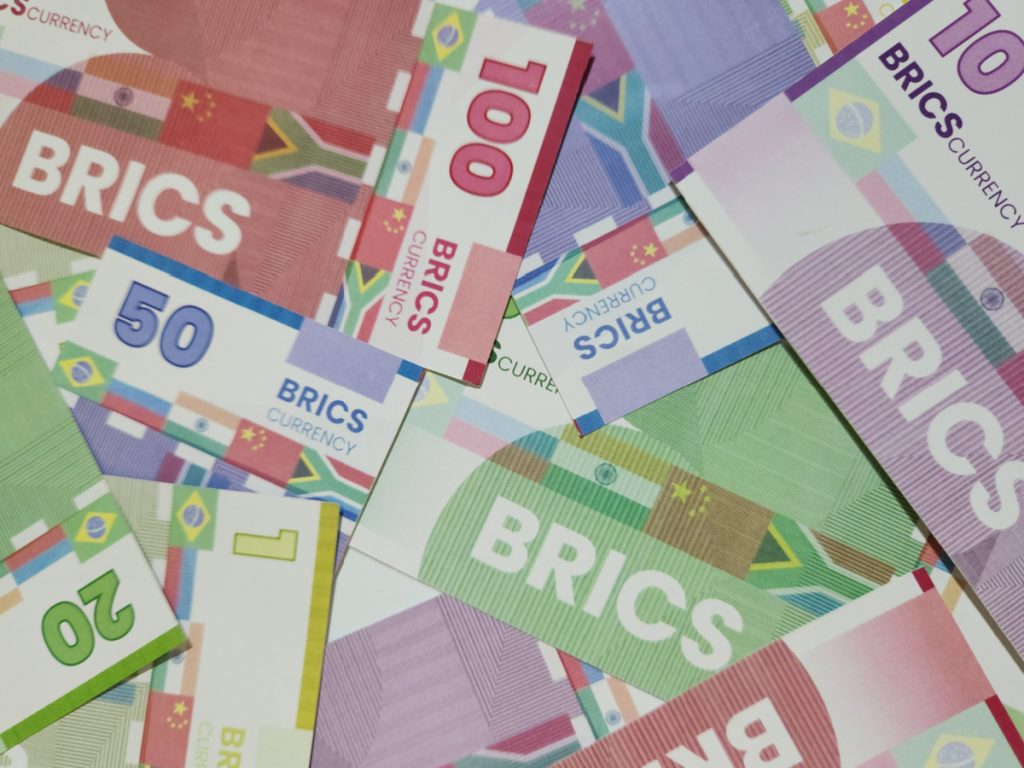As the world is becoming less dependent on the US dollar for global trade, this coincides with the rapid developments occurring in the cross-border settlement field.
Ed Dovey, Head of APAC at RTGS.global delves into the transition countries are making from T+2 to T+1 settlement cycles, why countries are exploring trading without the US dollar and the next stage of the financial market infrastructure.
The world of cross-border payments is changing rapidly. Innovations in technology and shifts in global markets have transformed how money moves across borders. Currencies like the US dollar have long facilitated international trade.
However, recent developments and changing dynamics in the global economy are causing major shifts in how cross-border payments are managed.
We are also witnessing changes on the horizon, such as transitioning to T+1 for USD security settlement, for example, which has a knock-on impact for funding securities in the foreign exchange (FX) market.
With the market’s gaze firmly set on enabling greater efficiency for cross-border commercial payments, while still navigating the increasing risks that have become well established across the globe, the infrastructure for these money transfers needs revolutionary improvements to achieve the speed, transparency, and versatility required in today’s landscape.
The transition to T+1 settlement
A spot FX trade typically follows a standard settlement timeline of two days after the execution. Within this process lies a well-founded imposition known as ‘Herstatt’ or settlement risk – the risk that the payment from one side won’t be fulfilled while the matching payment from the other side is already made or irrevocably committed.
However, within the next year the process will undergo another major change. The US Securities and Exchange Commission (SEC) has taken steps to amend its rules, shortening the standard securities settlement cycle from T+2 to T+1, meaning that the settlement now occurs one business day after the trade date.
This change is set to take effect in May 2024 and will impact market participants involved in US equities, corporate debt, and unit investment trusts. Canada is also poised to adopt this change. We are already seeing the world start to shift in this direction, as evidenced by India’s phased transition to T+1 for its equity markets in January 2023.
While this development is a step in the right direction towards faster, more efficient cross-border payments, there is still a major threat from FX settlement risk and challenges around the practicality of T+1 settlement.

The move away from dollar dependence
As the world changes, so do the dynamics of global trade and finance. Currency fluctuates and markets evolve, both of which have meant that trading with the US dollar is less cost-effective for some nations.
There are signs of de-dollarisation in APAC, for example. India made its first crude oil payment to the UAE in INR (Indian Rupees) in recent weeks. BRICS countries have also indicated interest in reducing reliance on the US dollar and certain banks in the region have increased their holdings of Renminbi over the last decade. However, this shift away from the dollar has not happened overnight.
Currency pairs that do not involve the US dollar are also experiencing tighter spreads, making them more attractive for international trade.
Furthermore, the increasing number of market participants quoting prices in a broader range of currencies has contributed to the shift between tighter spreads in emerging economies. Trading between two less frequently traded currencies often requires the involvement of a more globally recognised currency as an intermediary, i.e., the USD.
However, this shift is not necessarily guaranteed, and it would be a long-term process. Many financial markets operate under the ’if it isn’t broken, don’t fix it’ principle, as the US dollar’s liquidity and efficiency in facilitating cross-border transactions has worked well for decades.

Navigating the shifting landscape of global finance
A next-generation financial market infrastructure (FMI) that enables real-time settlement could bring immense benefits for cross-border payments. Such a system would allow instantaneous PvP (payment versus payment) settlement between commercial banks and central banks across nearly any currency corridor.
By tying funds transfers to simultaneous exchange of currency ownership, PvP eliminates foreign exchange settlement risk. Transfers can only be finalised once both sides have irrevocably confirmed payment, providing assurance against default.
This type of infrastructure could facilitate direct currency trading between counterparties globally. Liquidity providers and market makers would still be essential for ensuring smooth transactions between less traded emerging market currencies.
But with the proper financial rails in place, these exotic crosses become more feasible. Confidence increases exponentially when market platforms provide robust capabilities for new currency pairs on par with the services available for major currencies today.
Whilst uncertainties remain, the end goal is promoting greater efficiency and removing unnecessary friction for cross-border payments. Even if the US dollar remains the dominant global reserve currency in the near future, the long-term outlook points to reduced barriers, faster settlement times through T+1, and diversified currency usage.
The possibilities are open for how the future architecture will take shape. But real-time FMI capabilities could unlock instant, seamless execution, elevating payments to a new level.























